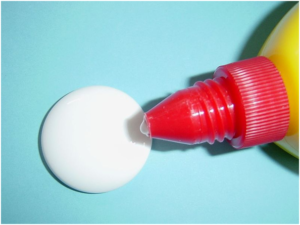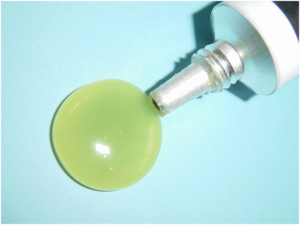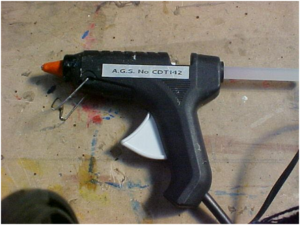The Benefits of Upgrading Your Glock 19 Custom Slide
Changing out your Glock’s slide is one of the easiest aftermarket upgrades you can make. Almost any do-it-yourself enthusiast can perform the upgrade with just a few basic tools.
Custom slides provide an enormous amount of personalization for shooters. They can offer various features, including ported windows, different serrations, and even red dot optic mounts.
Improved Accuracy
The main benefit of upgrading your Glock 19 custom slide is that it improves the accuracy of your gun. Most aftermarket barrels are made from better materials and have tighter tolerances.
This makes them more resistant to wear and tear, and they can also be precision-machined for optimal fit. In addition, aftermarket barrels are typically lighter than factory parts, reducing your firearm’s overall weight.
Other upgrades, such as flared mag wells and extended base pads, can help you speed up your reloads and manipulate the handgun under high-stress situations. Additionally, upgrades like night sights can help you see potential threats in low-light conditions. These upgrades are essential for home defense and competitive shooting. They can also significantly improve your target acquisition and accuracy in various scenarios.
Increased Grip
Adding an aftermarket slide can dramatically change the feel of your firearm. Aftermarket slides are machined with tighter tolerances and are often made of a stronger material than factory slides.
Some of these aftermarket slides also feature ported windows or aggressive serrations for better grip when racking the slide. This increased grip can be a great advantage for shooters who want to carry their pistols in various environments and conditions.
One of the most common upgrades for Glock 19 custom slides is adding a Cerakote coating. This coating is resistant to abrasion, corrosion, and other environmental factors affecting gun performance. This coating is also easy to clean, making it a great option for shooters who regularly carry their guns in the field.
Better Accuracy With Optics
Some of the most popular Glock 19 slide upgrades allow you to mount red-dot optics. These are a common choice for people that compete in tactical shooting since they can improve target acquisition and accuracy in low-light scenarios.
Other Glock 19 slide upgrades include ported windows, which allow airflow around the barrel and improve cooling efficiency. They can also be engraved or filled with color to make your gun more aesthetically pleasing.
Aggressive serrations are another great glock slide upgrade for improving the grip of your pistol. These can help you rack the slide more easily, which can be a big benefit when your hands are wet, muddy, bloody, or otherwise less-than-pleasant. They can also be helpful if you’re using a mag well that requires a lot of wrist movement to eject.
Reduced Recoil
The Glock 19 is a popular handgun for both law enforcement and civilians. It’s a reliable firearm that works well without any modifications, but many gun owners enjoy tweaking their guns to make them better for their needs.
Adding a custom slide can improve your pistol’s aesthetics and performance. Some slides are designed to be lighter, which helps reduce recoil and enhance accuracy. Other slide upgrades include ported windows, aggressive serrations, and more.
Choosing the right Glock parts to upgrade your weapon can initially seem overwhelming. Whether you’re looking to improve your gun for self-defense, competition, or fun, you want to ensure the components fit your weapon and will function correctly. That’s why choosing a reputable company to work on your gun is important.
More Versatility
Plenty of options exist for those who want to upgrade their Glock 19 slide. Some are made to be lighter, reducing recoil and boosting accuracy. Others include RMR cuts, which make the slide compatible with weapon-mounted optics for quicker target acquisition.
Some also include aggressive serrations, designed to make racking the slide much easier, even when hands or the gun are wet, sweaty, or dirty. Other upgrades include Cerakote, which is heat resistant and protects against damage from rapid firing.
Another easy and dramatic upgrade is a performance trigger, which offers a smoother and more consistent pull. This can be especially beneficial when aiming in low-light scenarios. All of these upgrades can be done with minimal time and tools, dramatically improving your gun’s effectiveness.








